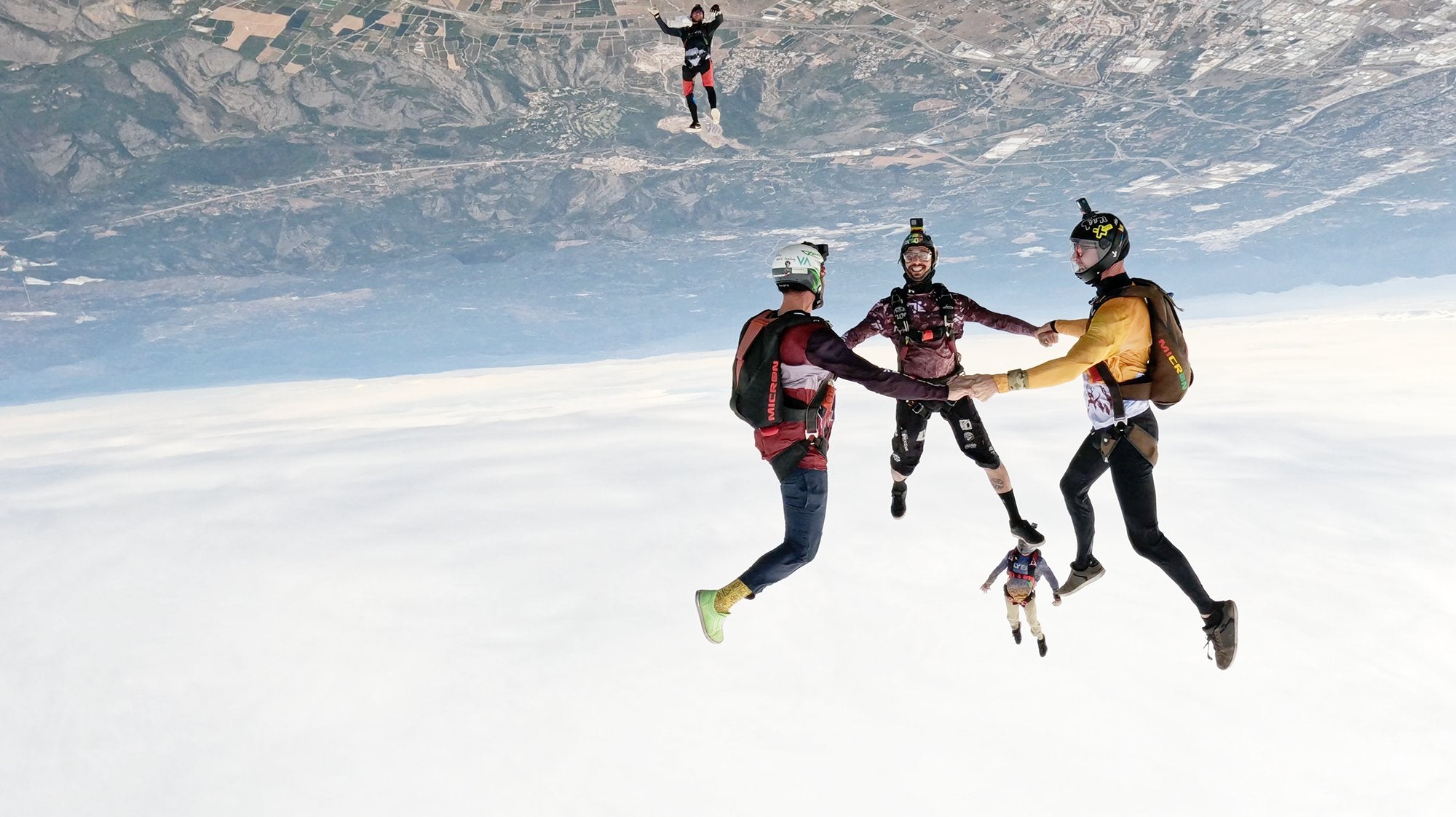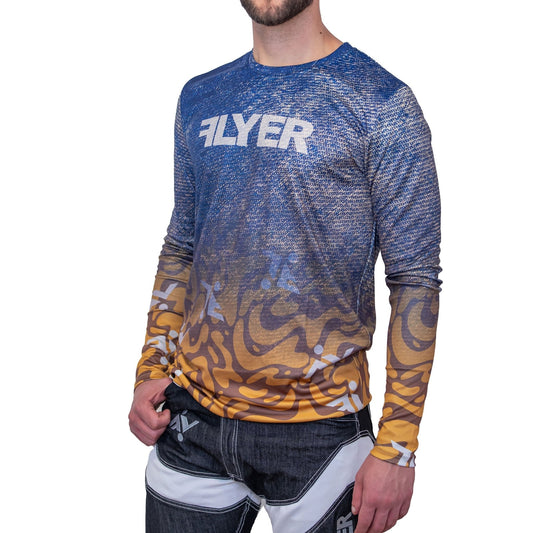Freefly skydiving has emerged as one of the most exciting and dynamic disciplines within the sport of skydiving. By allowing skydivers to perform complex maneuvers in three-dimensional space, freefly opens up new horizons for creativity and technical skill. Influenced by pioneers like Olav Zipser and Patrick de Gayardon, the evolution of this sport has been marked by innovation and a commitment to pushing boundaries.
The Pioneers: Olav Zipser and Patrick de Gayardon
Olav Zipser is often regarded as a foundational figure in the development of freefly techniques. In the early 1990s, he played a crucial role in popularizing dynamic flying styles that deviated from the traditional belly-to-earth position. With over 22,750 jumps to his name, Zipser demonstrated exceptional skill and leadership, helping to establish freefly as a legitimate discipline within the skydiving community. His contributions included innovative techniques, such as the introduction of various positions like sit fly and head-down flying, which emphasized agility and creativity.
Patrick de Gayardon, a French skydiver, further advanced the sport with his unique approach to dynamic flying. He was known for his pioneering work with wingsuits and his ability to perform intricate maneuvers during freefall. De Gayardon's legacy is significant; he not only demonstrated the potential for speed and agility in skydiving but also inspired countless skydivers to explore new dimensions of freeflying. His tragic passing in 1998 left a lasting impact on the community, but his innovative spirit continues to resonate within the sport.
Understanding Freefly Techniques
Freefly encompasses a variety of flying positions that allow for exceptional control and creativity in freefall. Key techniques include:
-
Head-Up and Head-Down Flying: These positions allow for vertical orientation, where skydivers can explore incredible speeds and dynamic movements. Head-up flying can include variations like Sit Fly. In this position, the skydiver sits upright in the airflow, which enhances maneuverability and makes it easier to execute various movements. Or like Captain Morgan, where one leg is extended while the other remains bent.
-
Standing and Carving: Freeflyers can also perform standing flights and carving movements, which involve sweeping turns and shifts in body position to create visually stunning aerial performances.
The ability to switch between these positions allows freeflyers to execute complex formations and tricks, pushing the limits of what is possible in freefall.
The Evolution of Training: Indoor Skydiving
The advent of indoor skydiving facilities has transformed the training landscape for freefly enthusiasts. These wind tunnels provide a safe and controlled environment where skydivers can practice their techniques without the risks associated with outdoor jumps. Benefits of indoor skydiving include:
-
Extended Practice Time: Skydivers can accumulate significant flying time in the tunnel, allowing for more focused practice on specific skills and techniques.
-
Rapid Skill Development: Many top freeflyers today have achieved remarkable proficiency through extensive indoor training. They often have fewer outdoor jumps but excel in freefly maneuvers thanks to their wind tunnel experience.
-
Safe Learning Environment: Wind tunnels eliminate many of the risks involved in outdoor jumps, allowing skydivers to experiment with different body positions and techniques in a safer setting.
The Culture of Freefly
Freefly is not just a technique; it's a community and culture that fosters creativity, innovation, and collaboration among skydivers. Events like freefly boogies serve as gathering points for enthusiasts to train together, share experiences, and build camaraderie. These events often feature workshops, coaching sessions, and group jumps, helping to elevate the skills of all participants.
In conclusion, freefly skydiving represents a thrilling blend of art, athleticism, and community. With the foundational contributions of pioneers like Olav Zipser and Patrick de Gayardon, along with modern advancements in training, the sport continues to inspire and evolve. Today's freeflyers, equipped with innovative techniques and a spirit of exploration, are set to redefine the limits of aerial performance in the skies. The journey of freefly is just beginning, and the future promises even more excitement and inspiration for skydivers around the world.







